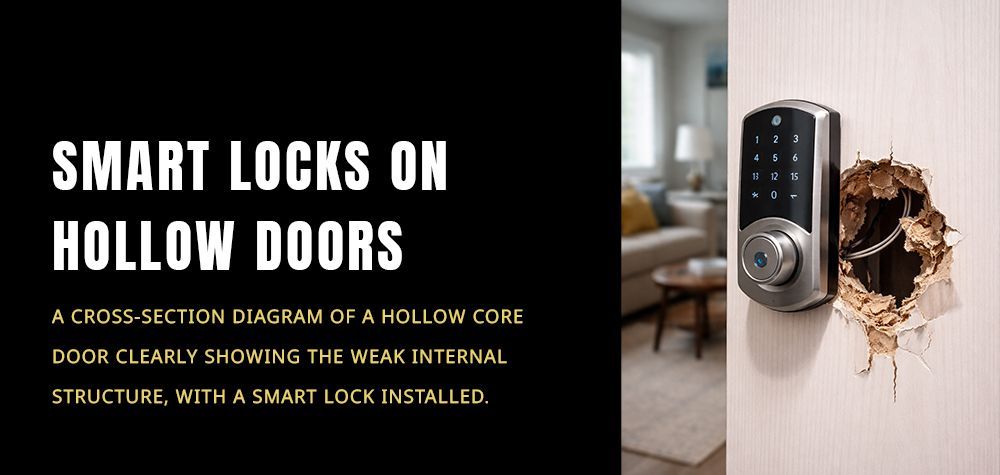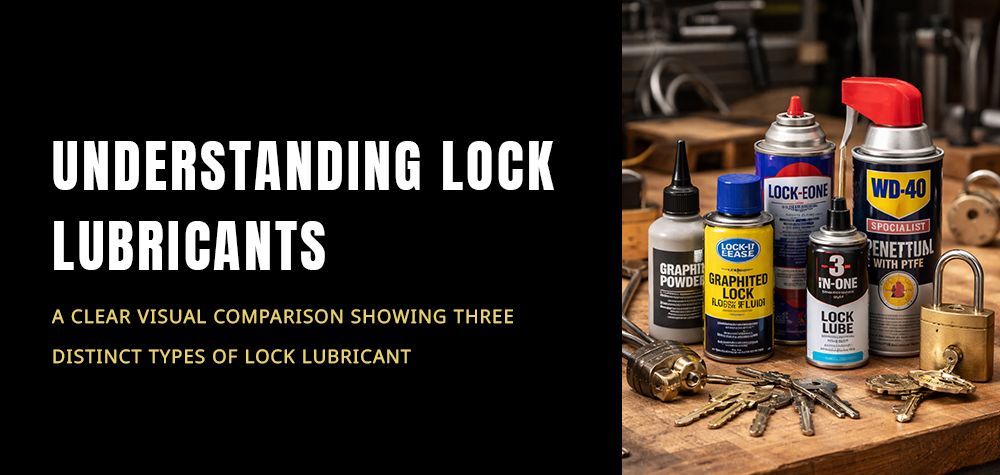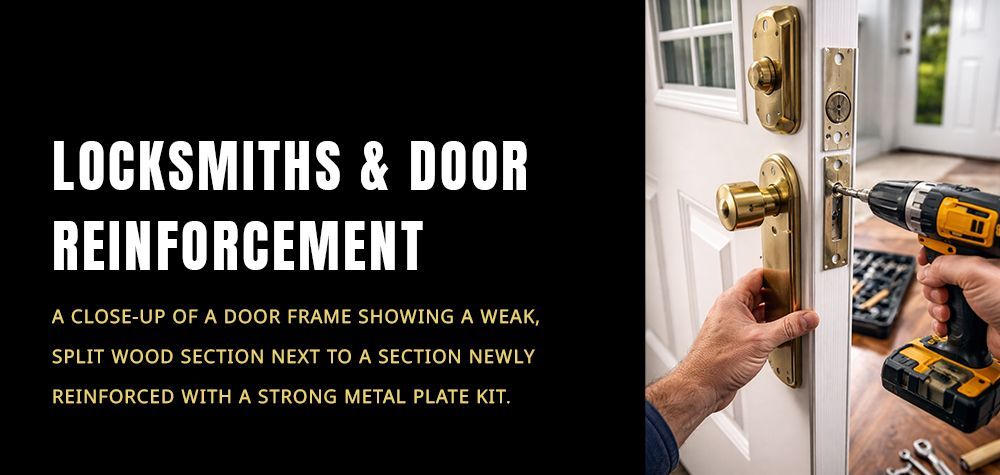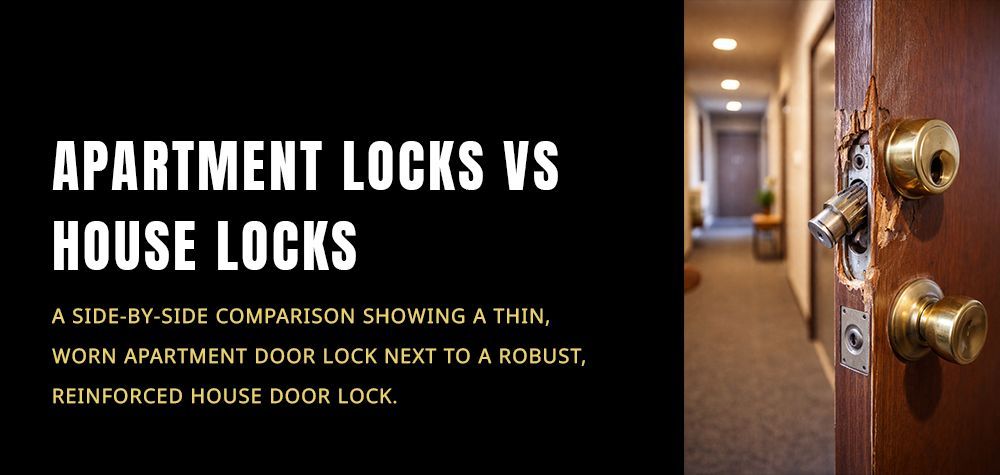How to Secure Sliding Glass Doors from Break-Ins
Sliding glass doors bring in natural light and style—but they’re also one of the most vulnerable entry points for break-ins. Many homeowners don’t realize just how easy it is for an intruder to force one open or lift it off the track entirely. If you rely on that simple latch that came with the door, you might be trusting it a little too much. Let’s walk through how to actually secure your sliding glass doors, using locksmith-recommended strategies that can give you real peace of mind.
How to Choose the Best Deadbolt for Front Door Security
Why Sliding Glass Doors Are a Security Risk
Unlike solid front doors, sliding glass doors are often positioned at the back of a home—out of sight and easier for burglars to target. They typically have simple locking mechanisms and large glass panels that can be broken or manipulated. And if your track isn’t reinforced, some doors can literally be lifted out of place. All of this adds up to one thing: a soft spot in your home’s defense system.
Basic Locking Mechanisms: Why They're Not Enough
Most sliding doors use a latch-style lock that slides into place when closed. While it’s better than nothing, this mechanism is often made of thin metal or plastic and can be jiggled open using basic tools or brute force. Many burglars can disengage this kind of lock in seconds. A real upgrade is essential if you want to make that door truly secure.
Reinforce with a Security Bar or Rod
One of the easiest and most cost-effective ways to secure a sliding glass door is with a metal or wooden bar placed in the bottom track. This bar acts as a physical barrier, stopping the door from sliding open even if the latch is picked. You can buy adjustable security bars at most hardware stores, or simply cut a wooden dowel to fit snugly in the track. It’s an old-school method, but highly effective.
Add a Double Bolt Lock
Unlike the basic latch, a double bolt lock secures the sliding door to the frame in two places. This makes it exponentially harder for anyone to pry it open. Many of these locks can be installed in minutes with just a drill and screwdriver. Look for models that are made of solid steel and resistant to tampering.
Don’t Forget About the Top Track
While most people focus on locking the door from sliding, some intruders are crafty enough to lift the door off its track completely. To stop this, install anti-lift devices or screws in the upper track that prevent vertical movement. It’s a small tweak that shuts down a big vulnerability.
Shatterproof Film Can Help
If someone is determined enough, they might just try to smash the glass. Installing a clear, shatterproof security film can buy you valuable time. These films hold the glass together even after a heavy impact, making it harder for intruders to enter quickly. And because they’re transparent, they don’t take away from your view or natural light.
Consider Installing a Security Sensor
Smart home technology isn’t just for convenience—it’s also great for security. Door and glass-break sensors can alert you instantly if someone tries to open or shatter your sliding door. Some systems connect to your phone and notify you even when you’re away from home. It’s added protection that doesn’t interfere with your daily routine.
Use Curtains or Blinds
Security isn’t always about hardware. Sliding doors often give outsiders a clear view of your home. Keeping them covered with curtains, blinds, or frosted film limits visibility and makes it harder for burglars to see if anyone is home—or if valuables are lying around. It’s a psychological deterrent that works.
5 Signs It’s Time to Replace Your Home Door Locks
Light It Up
No burglar wants to be in the spotlight. Make sure the area around your sliding door is well-lit at night. Motion sensor lights are especially effective—they kick on unexpectedly and often scare off would-be intruders. Combine lighting with cameras for extra security.
When to Call a Locksmith
If your sliding door hasn’t been inspected in years, or if you’re unsure about how to install proper locks, call a professional locksmith. They can recommend high-security locks, install anti-lift mechanisms, and even integrate smart locks if you prefer a tech-savvy approach. It’s worth the investment if it protects your home.
Final Thoughts
Sliding glass doors can be secure, but only if you take steps beyond the factory latch. From reinforcing the track to adding double locks and smart sensors, there are multiple ways to boost your home's protection. Start with the basics, assess your risks, and don’t hesitate to reach out to a trusted locksmith for help. After all, your peace of mind is worth more than any shortcut.
Call Us Any Time!







